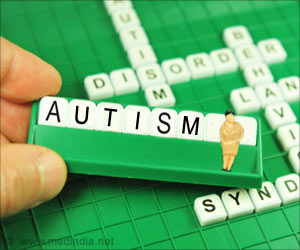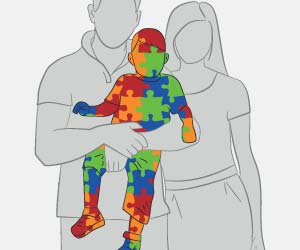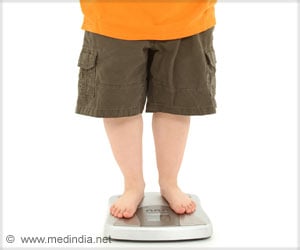Preschool children have brains that are wired differently finds a study on autism spectrum disorder using special MRI technique to show abnormal connections between networks of kids’ brains.
- Preschool children with autism spectrum disorder (ASD) have brains that are wired differently, with abnormal brain connections between certain brain networks
- A special //MRI technique called diffusion tensor imaging (DTI) was used to reveal these abnormal brain connections
- The findings will be useful to help guide treatments for ASD
What is Autism Spectrum Disorder (ASD)?
ASD is a group of developmental disorders wherein the affected individuals have different levels of disability. People with autism have certain characteristics like communication difficulties, repetitive behaviors and limited interests or activities.Very young children with autism spectrum disorder can be diagnosed during the first few years of life. It is very important to diagnose ASD early because diagnosis and intervention in younger patients enable treatments and services to improve their symptoms and help them function better.
How is this MRI Study Different?
Though developments in brain imaging have helped to find abnormal brain connectivity in younger children with ASD, this is the first time it has fully been investigated at the brain network level. Brain networks refer to areas of the brain connected by white matter tracts. These interact to perform different functions. In the new study, scientists used an MRI technique called diffusion tensor imaging (DTI) to study differences in brain connectivity in children with ASD. This technique provided the researchers important information on the state of the brain's white matter.Details of the MRI study
DTI results between 21 preschool boys and girls with ASD (average age of 4-and-a-half years old) were compared with DTI results of 21 similarly aged children with typical development. Researchers applied graph theory to the DTI results in order to understand details of the level of connectivity between brain networks. By applying graph analysis researchers were able to study the relationships among highly connected and complex data such as the network of connections that form the basis of the human brain.
When compared to the typically developed group, children with ASD showed significant differences in components of the basal ganglia network. This is a brain system that plays an important role in behavior. Results also showed differences in the paralimbic-limbic network, which is another important system in regulating behavior.
"Altered brain connectivity may be a key pathophysiological feature of ASD," said study co-author Lin Ma, M.D., from the Department of Radiology at Chinese PLA General Hospital in Beijing. "This altered connectivity is visualized in our findings, thus providing a further step in understanding ASD."
Early Diagnosis and Therapeutic Intervention in Preschool Kids with ASD: Clues
The results of the study suggest that the altered patterns may be the underlying cause behind abnormal brain development in preschool children with ASD and contribute to the mechanisms of brain and nervous system involved in the disorder. Also, the identification of altered structural connectivity in brain networks may lead to potential imaging biomarkers for preschool children with ASD."The imaging finding of those 'targets' may be a clue for future diagnosis and even for therapeutic intervention in preschool children with ASD," Dr. Ma said.
Dr. Ma explained that in the future, this type of brain imaging could help in the delivery of ASD therapies for children. Therapies such as repetitive transcranial magnetic stimulation, or TMS, and transcranial direct current stimulation, or tDCS could achieve better results.
A magnet is used to target and stimulate certain areas of the brain in TMS and tDCS relies on electrical currents to deliver therapy. Both are currently being investigated as possible treatments for ASD.
Reference:
- Lin Ma et al., "Alterations of White Matter Connectivity in Preschool Children with Autism Spectrum Disorder." Radiology (2018)
Source-Medindia
















